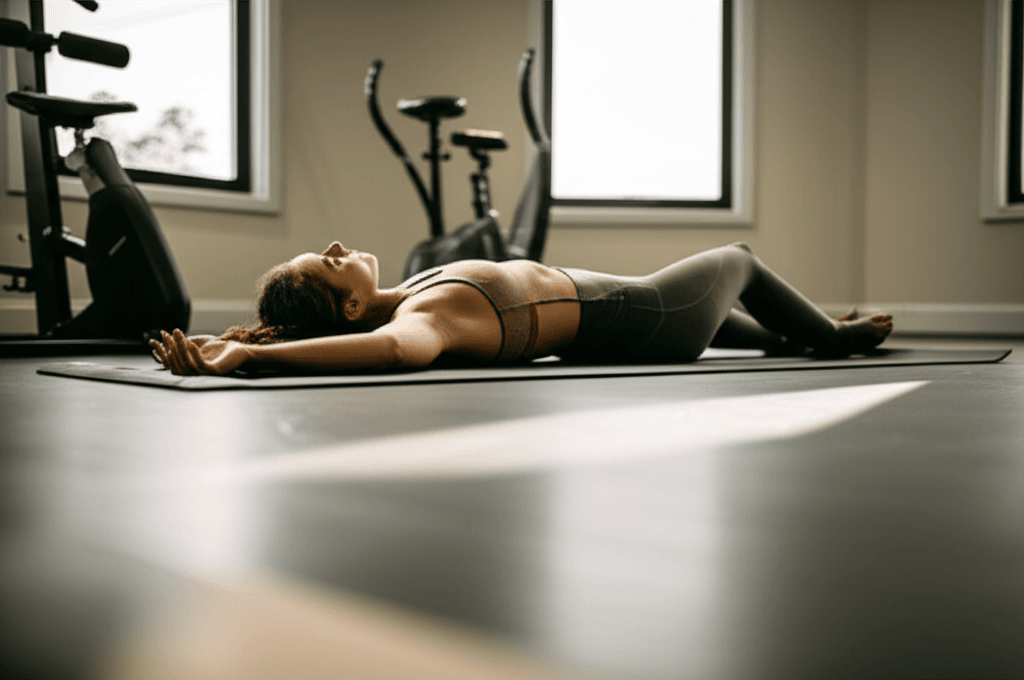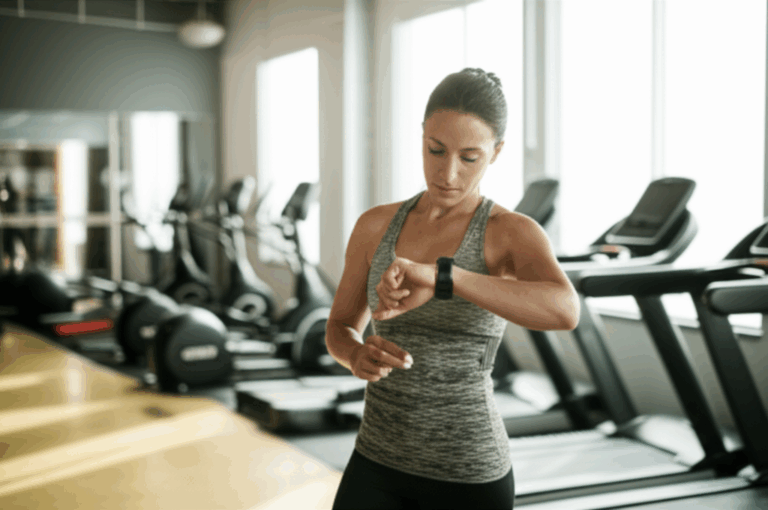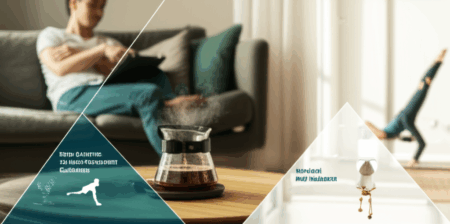Struggling to fall asleep after a workout is a common challenge, despite the well-established benefits of exercise for sleep quality. Experts highlight two primary strategies to mitigate post-exercise insomnia: mindful timing of workouts and incorporating effective cool-down and relaxation techniques.

Optimize Your Workout Timing
One of the most crucial recommendations from sleep experts is to be strategic about when you exercise, particularly concerning high-intensity activities. Engaging in vigorous exercise too close to bedtime can disrupt your body’s natural wind-down process due to physiological changes that increase alertness.
High-intensity workouts, such as weight training, high-intensity interval training (HIIT), or sprinting, elevate your heart rate, core body temperature, and stimulate the release of hormones like endorphins, cortisol, and adrenaline. These effects are designed to energize and activate your body, which is counterproductive when trying to initiate sleep. Elevated core body temperature, for instance, signals to the body clock that it’s time to be awake, delaying the natural temperature drop necessary for sleep onset.
To allow your body sufficient time to return to a relaxed state, experts generally recommend completing high-intensity workouts at least 60 to 90 minutes before bedtime, with some suggesting a longer buffer of 2 to 3 hours. For example, if your preferred workout method involves intense training, scheduling it earlier in the day can significantly improve your ability to fall asleep later. While morning and afternoon workouts are often cited as most beneficial for sleep, evening exercise can still be effective if timed correctly.
If your schedule necessitates exercising in the evening, consider switching to low-impact and gentle forms of movement closer to bedtime. Activities such as a bedtime yoga routine, mat Pilates, a gentle walk, or light stretching are less likely to interfere with sleep, as they help calm the mind and relieve muscle tension without over-stimulating the body.

Prioritize Cooling Down and Relaxation
Beyond timing, actively facilitating your body’s cool-down and incorporating relaxation techniques are vital for promoting sleep after exercise. Your body’s core temperature needs to drop by 1 to 2 degrees Fahrenheit to initiate sleep effectively. If you’re still radiating heat from a workout, this essential temperature drop can be delayed.
Experts advise a literal cool-down after exercise to help signal to your brain that it’s time for rest. This can include taking a lukewarm or cool shower, drinking a glass of cold water, or ensuring your bedroom environment is cool (typically between 60 to 67°F or 15 to 19°C). Using breathable, moisture-wicking bedding made from materials like wool can also help regulate your body temperature throughout the night.
In addition to physical cooling, engaging in relaxation techniques can help calm your nervous system and prepare your mind for sleep. Simple yet effective methods include:
- Gentle stretching: Focusing on major muscle groups helps reduce stiffness and enhances flexibility, making the post-exercise period more comfortable.
- Deep breathing exercises: Techniques like diaphragmatic breathing can stimulate the vagus nerve, which is crucial for regulating the parasympathetic nervous system, leading to a calmer state.
- Meditation: Research suggests that mindfulness meditation can improve sleep quality, mood, and daytime energy, especially for individuals experiencing sleep disturbances. Taking a few minutes post-workout to sit quietly and focus on relaxing your muscles, perhaps with a guided meditation, can be highly beneficial.
Furthermore, maintaining good sleep hygiene, such as setting a consistent sleep schedule, avoiding caffeine several hours before bed, and minimizing blue light exposure from screens, can further support restful sleep after exercise. By combining mindful workout timing with intentional cool-down and relaxation practices, you can significantly improve your ability to achieve restorative sleep after physical activity.







